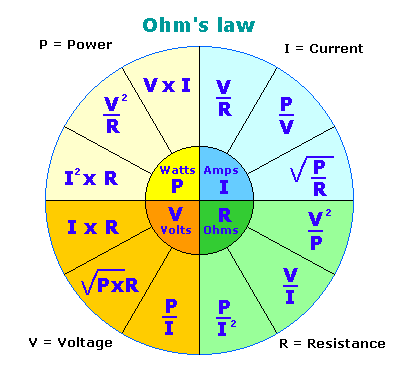You don't need to replace your cords just buy the male end and cut off the 120v male end. Thats what I did.. They where 4.80ea.. I painted the 240v red but still it only takes 1 mistake. why are you willing to risk that for 10$. Those universals are not UL approved. You can see in my pic that the ends in the 240v have been changed. I cant by accident plug in a 120v into a 240v or the other way 240v to 120v... Please make it safe for you

Last edited:





